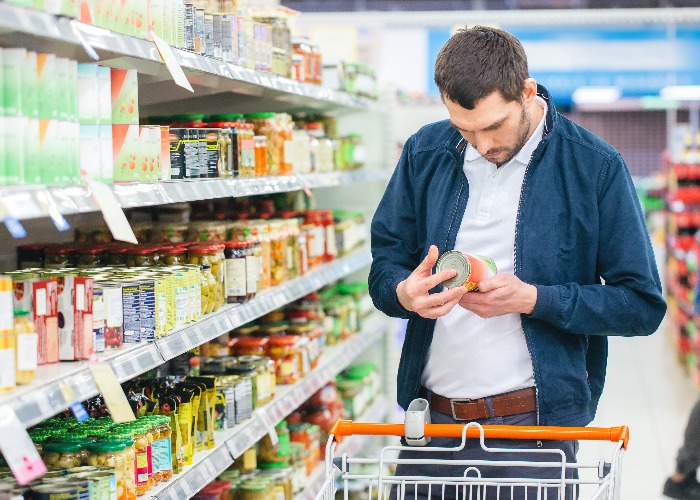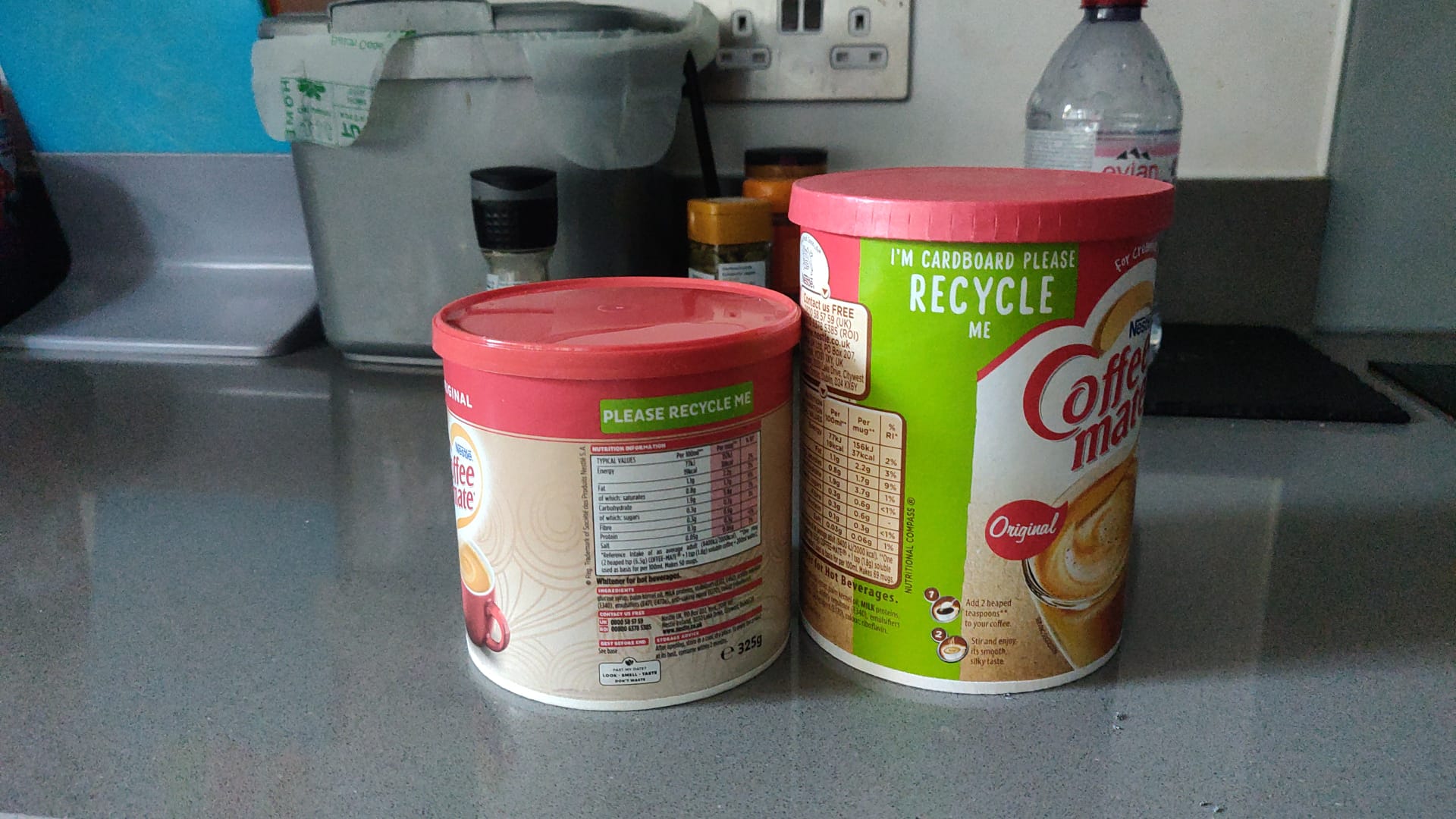
It’s not just the headline prices that are leaving us out of pocket when doing the big shop each week.
All of us have felt the effects of food price inflation in recent years.
The rate at which the cost of our food has increased since 2021 has been little short of astonishing, and it’s put already stretched household budgets under even greater strain.
However, it’s worth remembering that it’s not just increasing prices that can leave shoppers feeling short-changed.
There are other ways in which supermarkets ‒ and other retailers for that matter ‒ are able to milk more cash out of us, without having to touch the price of the individual items.
Here are just a few examples.
Shrinkflation
Shrinkflation is a particularly sneaky tactic employed by food retailers.
Essentially the idea is that the retailers reduce the size of the item you’re buying, without changing the price.
So that 250g bottle of ketchup is redesigned so that it actually only contains 200g of condiment, but you carry on paying the same amount for it.
You don’t notice any difference in the amount you’re spending at the till, but you will notice that you seem to be running out of sauce to put on your fish and chips more frequently.
It’s a nasty trend that increasing numbers of us seem to be picking up on, too.
Spending research from Barclays found that more than three-quarters of us (76%) noticed examples of shrinkflation in September 2023, up from 71% in August.
Around 59% also said they had noticed products had changed their packaging in order to disguise the fact that the items inside were smaller or weighed less.
There are certain products that seem to be particularly susceptible to the shrinkflation trend ‒ chocolate, for example, was picked out by almost half of the respondents.

Where are the budget options?
Another big issue for anyone looking to get the most out of the money they spend at the supermarket is the lack of budget-friendly items.
With food price inflation so high for such a long period, most of us will have looked to make some changes to the products we buy in order to relieve the pressure on our household budgets.
And dropping premium brands in favour of own-brand or non-branded items is a smart tactic for doing so.
The trouble is that if you happen to be shopping in a convenience outlet of a supermarket, rather than a large megastore, you may find few options, if any, beyond the pricy premium versions.
It’s something that Which? have been campaigning about a lot recently, and it’s impossible to argue with them.
If supermarkets really want to support their shoppers, then ensuring that greater numbers of budget options are available is vital.
Skimpflation
Shrinkflation is not the only newly-invented word to describe a naughty way supermarkets can rip us off ‒ there’s also skimpflation!
This is the term for supermarkets and food manufacturers reducing the number of quality ingredients in their products, again without then also dropping the price by a commensurate amount.
A recent study by the Guardian picked out a host of examples of this: Morrisons guacamole reducing the amount of avocado used, Aldi pesto dropping the proportion of extra virgin olive oil and sun-dried tomatoes, and Tesco shrinking the size of their tissues.
These changes might be quite small, but the reality is that you are paying the same amount ‒ or perhaps more, given inflation ‒ and getting less of the crucial ingredients back.
And unless you happen to be the sort of person who regularly checks the ingredients listing of everything you buy, then chances are you won’t even realise it’s happening.
Downgrading quality
It’s not just the amount of those crucial ingredients that can be reduced, but also the actual quality of those ingredients.
A previous study from Barclays found that more than half of shoppers had noticed a decline in the quality of the products they were purchasing from retailers, with crisps, cakes and biscuits picked out as particular offenders.
The logic is understandable here ‒ if the manufacturer can save a few quid by using lower-quality potatoes, eggs and the like, then they have the option to pocket a larger margin by keeping the price the same.
It’s us shoppers paying the price, and even if you do check the ingredients list, you won’t get a proper answer.
They could be using the same amount of each ingredient, but instead have switched to a lower-quality version.